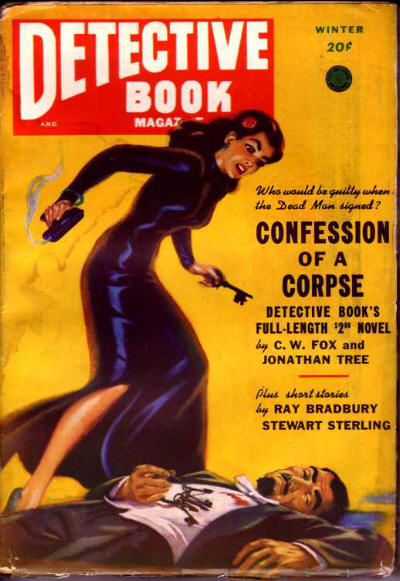Detective fiction was one genre which had a strong following ever since its informal debut many years ago. Children and adults alike would stay up all night reading, captivated by the thrill and suspense associated with detective books. The excitement usually clings to a reader even if he or she isn’t actually reading the story; oftentimes people would not hesitate to pick up a detective book and finish it just to know how the story ends.
What gives detective books its flair? Simply put, they give the readers a good mental image of the actual scene and its events, while having them think at the same time. The unpredictability of good detective fiction has always been a quality that readers keep coming back for.
Stories which are classified as detective fiction usually start off with a description of a particular crime or mystery. As the reader turns the pages of the detective book he or she will be led to many bizarre or uncommon circumstances. This places more emphasis on the need to find a solution or and explanation to why the introduced event happened. The protagonist is usually a detective whose degree of experience can vary. A “foil”, or an accident-prone/less competent male or female is usually introduced as the detective’s assistant. Together, these key characters would decipher all sorts of clues, analyze situations, and piece them all together.
This process of collecting data takes up most of the plot. It is up to the creativity of the author to keep the reader hooked to the logical path of clues. A twist is usually added here and there to serve as distractions in a good number of ways. They can divert the reader’s attention away from critical details. Better yet, they can lead the reader to think that they have it all figured out, until another logical twist is introduced, much to their surprise. Through it all, the detective feels all sorts of emotions and tries all sorts of methods to figure things out. Deductive reasoning is one very common method used by protagonists in many detective books.
Article Source: http://EzineArticles.com/808696










